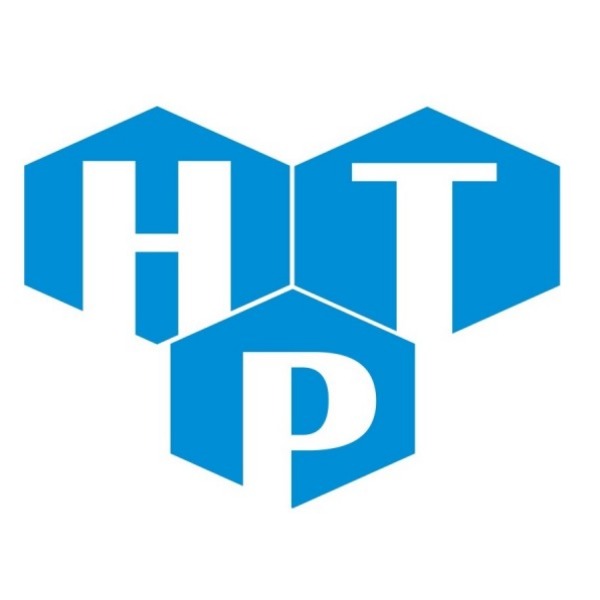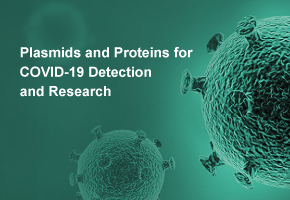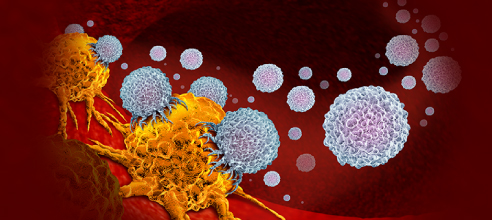ADC Drugs For HER2 Positive Breast Cancer
According to the latest data, breast cancer
has overtaken lung cancer to become the most common cancer among women, and the
death rate is the second highest among female tumors, seriously affecting the
physical and mental health of women around the world. Patients with abnormal
expression of human epidermal
growth factor receptor (HER2) account for 15%-20%
of all breast cancers, which is highly invasive and has poor prognosis.
Although
more drug choices such as pertuzumab and lapatinib on the basis of trastuzumab
significantly prolong the survival of patients and further improve the
prognosis, many patients are not sensitive to treatment and relapse and drug
resistance occur in a short time, and the efficacy of traditional HER2-targeted
drugs for breast cancer patients with low HER2 expression is not optimistic.
Mechanism of action
of ADC drugs
Antibody
conjugate drugs (ADCs) are a type of novel antitumor drugs in continuous
development. They combine the high specificity of monoclonal antibody drugs
with the high activity of small molecule cytotoxic drugs, which can improve the
targeting of antitumor drugs and reduce the probability of toxic and side
effects.
An
antibody drug conjugate (ADC) consists of three core elements: an antibody that
targets a target antigen, a cytotoxic payload, and a linker that binds the two.
Potent
cytotoxic drugs can be targeted to tumor cells with chemotherapeutic cytotoxic
properties by means of selective monoclonal antibodies against specific or
preferentially expressed antigens on target cells. Free cytotoxic agents can be
used to create a more favorable therapeutic window for cytotoxic drugs, which
not only reduces the concentration of peripheral toxic drugs, but also improves
the efficiency and intensity of effective anti-tumor substances. Some ADCs show
efficacy by targeting delivery payloads in breast cancers with low HER2
expression.
Of
the 15 ADC
drugs currently approved, three are used to treat
breast cancer: Enhertu (T-DXd, DS-8201), Trodelvy (sacituzumab govitecan/SG,
Goxaltuzumab) and ado-trastuzumab emtansine (T-DM1). Two are for HER2 breast
cancer ADCs.
T-DM1(Ado-trastuzumab
Emtansine)
T-DM1
is the first ADC drug to target HER2-positive breast cancer.
T-DM1,
which is bound by trastuzumab and tubulin inhibitor DM1 via a stable,
non-lytic, non-reducing thioether linker, was first approved by the FDA in 2013
for use in advanced breast cancer patients with HER2-positive metastases or who
have been treated with trastuzumab and taxanes drugs.
Its
approval was based on the EMILIA Phase III clinical study and the EMILIA
Bridging Study in China, which showed that T-DM1 improved overall survival (OS)
and progression-free survival (PFS), as well as better objective response rate
(ORR) and median duration of response (DoR) compared to Lapatinib combined with
capecitabine.
It
will be listed in China in 2020, it has been approved for adjuvant therapy in
HER2-positive early breast cancer patients with residual invasive lesions
(non-pCR) after receiving taxane combined trastuzuab-based neoadjuvant therapy
and for monotherapy in HER2-positive, unresectable locally advanced or
metastatic breast cancer patients receiving taxane combined trastuzumab
therapy.
Therefore,
in the 2023 update of CSCO Guidelines for the Diagnosis and treatment of breast
cancer, for patients with HER-2 positive breast cancer after neoadjuvant
therapy, only trastuzumab was used in preoperative anti-HER-2 treatment, and
non-pCR, T-DM1 evidence recommended for grade I was adjusted from 1B to 1A. For
patients with HP and non-pCR in preoperative anti-HER-2 therapy, the evidence
for T-DM1 recommended for grade I was adjusted from 1B to 2A. In addition, in
the rescue treatment of advanced breast cancer with positive HER-2, the
evidence level of "T-DM1" in trastuzumab treatment failure stratified
patients was adjusted from 1B to 1A.
At
present, there are also clinical trials on T-DM1 in CompassHER2 Rd test to
evaluate whether the compasTI SHER2 test in combination with the tyrosine
kinase inhibitor Tucatinib is better than T-DM1 alone. The HER2CLIMB-02 trial
evaluated whether combination with Tucatinib was superior to T-DM1 monotherapy
in patients previously receiving taxus + trastuzumab.
T-DXd, DS-8201
(Trastuzumab)
T-DXd
(DS-8201) is an ADC that combines the anti-HER2 monoclonal antibody Trastuzumab
with a topoisomerase Ⅰ inhibitor
(Dxd) by means of an enzyme-cleavable tetrapeptidyl ligand.
Launched
in the United States on December 21, 2019, the drug is the first official FDA
approval of trastuzumab for the posterior treatment of HER2-positive breast
cancer, based on stunning data from the DESTINY Breast01 study. Earlier this
year, trastuzumab was approved domestically as a single drug for the treatment
of unresectable or metastatic HER2-positive adults with breast cancer who have
previously received one or more anti-HER2 drugs.
Up
to now, trastuzumab has been approved in at least 5 tumor indications
worldwide, including HER2-positive breast cancer, gastric cancer,
gastroesophageal junction cancer, breast cancer with low HER2 expression, and
non-small cell lung cancer.
Its
domestic approval is based primarily on DESTINY Breast03, which has shown that
trastuzumab (T-DXd), in contrast to Ado-trastuzumab Emtansine (T-DM1), is
effective in treating HER2-positive unresectable and/or metastatic breast
cancer in patients previously treated with trastuzumab and taxane. Reduced the
risk of disease progression or death by 72% (hazard ratio [HR] 0.28; 95%
confidence interval [CI] 0.22-0.37; p<0.0001) 1.
In
the latest ASCO guideline update, trastuzumab is recommended for first-line
treatment in patients with HER2-positive advanced breast cancer or for
second-line treatment that develops after treatment.
Common
grade 3 and above adverse events during treatment with trastuzumab include
decreased blood count, hypokalemia, elevated transaminase, diarrhea, and
decreased appetite, with a manageable safety profile.
Anti-HER2 ADC in
other clinical trials
SYD985
Trastuzumab
is an ADC that combines trastuzumab with the payload Duocarmycin(a powerful DNA
alkylation agent that induces cell death in both dividing and non-dividing
cells) via a cleavable linker (vc-seco-DUBA).
In
the Phase I study of SYD985, involving locally advanced and metastatic breast
cancer patients with different HER2 expression status, ORR was 33% in
HER2-positive patients, 28% in HR-positive patients with HER2 low expression,
and 40% in HR-negative patients with HER2 low expression. Clinical trials of
the drug in combination with paclitaxel and nilaparib (PARP inhibitors) have
been started in patients with advanced breast cancer.
RC48-ADC
It
is formed by a proteinase-cleavable linker linked to Vedicetumab (anti-HER2
monoclonal antibody), which has a stronger affinity for HER2, and MMAE. MMAE is
a synthetic antitumor agent that inhibits mitosis and induces apoptosis after
intracellular release.
RC48-ADC
is a class of ADC drugs independently developed in China, which has shown
certain antitumor activity in phase I studies applied in solid tumors, and the
related toxic reactions and adverse events are also acceptable.
In
addition to the above anti-HER2 ADCs, A166, BAT8001, PF-06804103, ALT-P7,
DHES0815A and other drugs are also in preclinical or clinical practice, and
data on these drugs are expected to be released soon.
In
the future, as more clinical trials of ADCs continue to be conducted, novel
ADCs carrying immunomodulatory compounds are worth looking forward to.
As a professional manufacturer of pharmaceutical
intermediates, Huateng Pharma, provides anti-breast cancer drugs Palbociclib and Ribociclib key intermediates with high purity. Huateng Pharma is also dedicated to
supplying a variety of PEG linkers to facilitate antibody-drug conjugate (ADC) development projects.
- Like (2)
- Reply
-
Share
About Us · User Accounts and Benefits · Privacy Policy · Management Center · FAQs
© 2025 MolecularCloud




